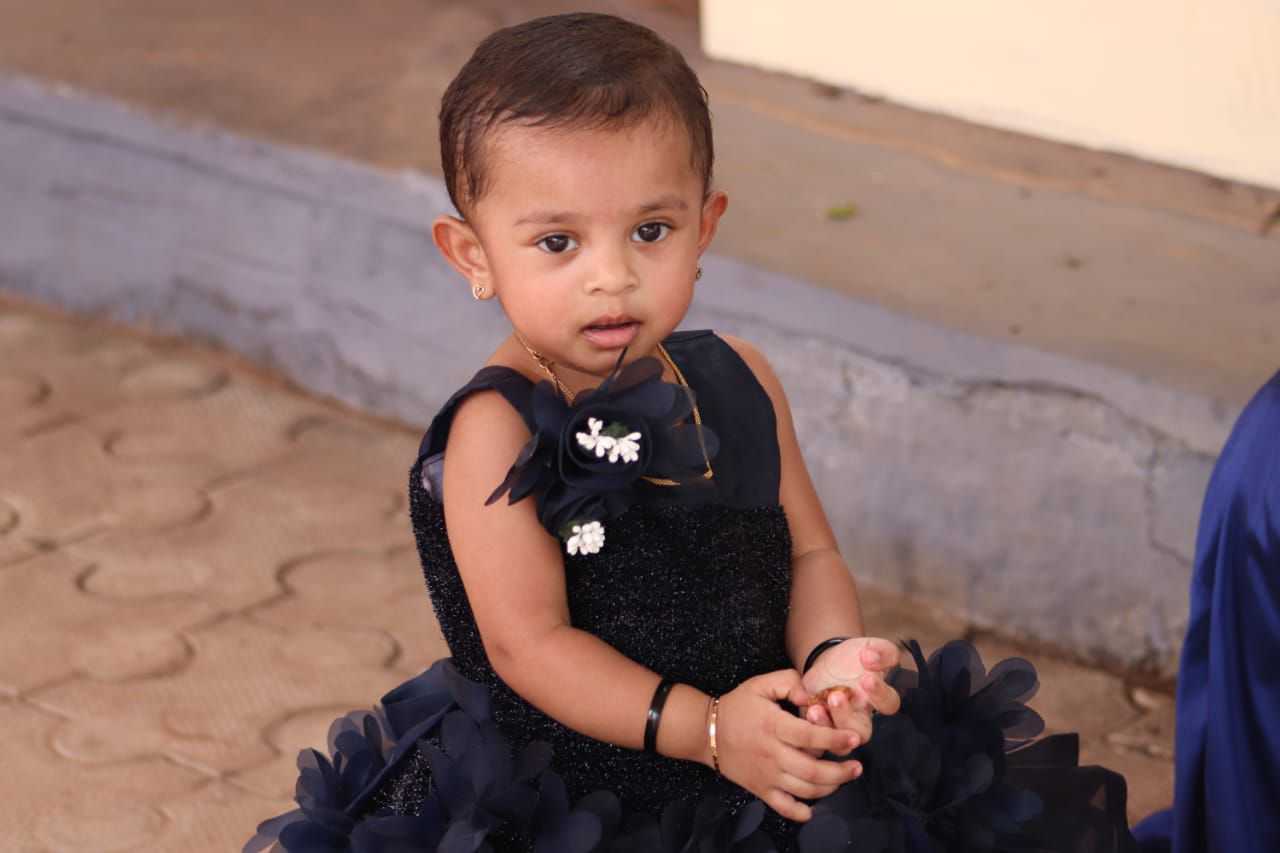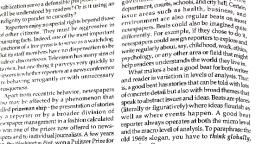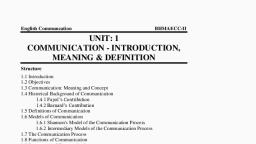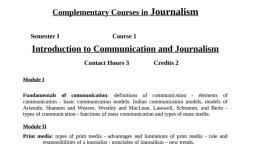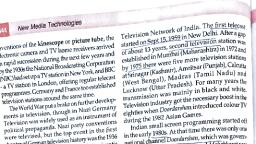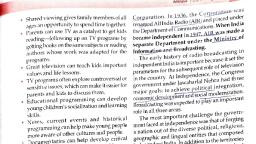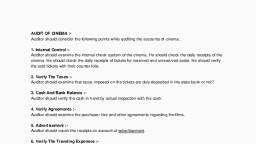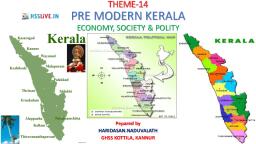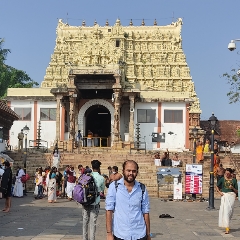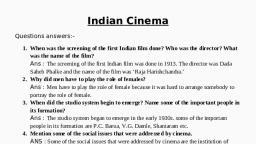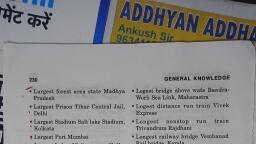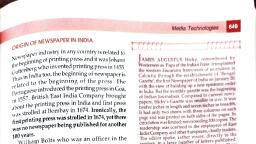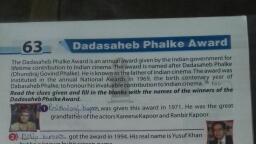Page 1 :
•, , HISTORY OF MALAYALAM CINEMA(1920s &30s), , •, , The Silent Era, , •, , The first Malayalam cinema was produced and directed by, J C Daniel, a dentist by profession who didn't, had any prior experience with cinema., , •, , His film Vigathakumaran was released in 1928, but failed economically., , •, , But it is notable that while mythological films ruled all over the Indian cinema arena, J C Daniel had the, courage to produce the first ever Malayalam film with a social theme., , •, , The economic failure of Vigathakumaran discouraged him from producing further films., , •, , The ill luck of Malayalam cinema continued., , •, , The second film Marthandavarma based on a novel of the same name by C V Raman Pillai, directed by P V, Rao and produced by Sunderraj released in 1933., , •, , But due to a legal confrontation regarding the rights of the film, the producer had to withdraw the film from, cinema halls after few exhibitions., , •, , By Marthandavarma the history of silent Malayalam cinema too came to an end., , •, , The First Talkie, , •, , Indian cinema had already entered the talkie age even before Marthandavarma was released., , •, , Balan, the first Malayalam cinema with a sound track was released in 1938. Produced by Tamilian, T R, Sunderam at the Modern Theatres, Balan was directed by Notani., , •, , Even though this film could be considered irrelevant in artistic sense, its economic success created a base to, the Malayalam film industry., , •, , Followed by the success of Balan, Jnambika was released in 1940., , •, , HISTORY OF MALAYALAM CINEMA(1940s &50s), , •, , The first major film studio, Udaya, was established in 1947., , •, , 1950s, , •, , Themes from very relevant social issues., , •, , Linked with the material from literature, drama, and politics., , •, , Jeevithanauka, (1951), , •, , Jeevithanouka was a turning point for Malayalam cinema., , •, , This highly dramatic musical film, which narrated the story of ego clashes in a joint family, was mainly, directed towards the women audience., , •, , Jeevithanouka was a huge success, and can be considered as the first 'super hit' of Malayalam cinema., , •, , Neelakkuyil – 1954
Page 2 :
❖, , Wins the President's silver medal., , ❖, , Scripted by novelist, Uroob, Directed by P. Bhaskaran and Ramu Kariat., , •, , Newspaper Boy -1955, , •, , Contains elements of Italian neorealism., , •, , 1960s, , •, , After the success of Neelakuyil, films with authentic Malayalam stories set in the backdrops of Kerala, villages started arriving., , •, , Ramu Karyat, the director of Neelakkuyil directed Chemmeen(1965)., , •, , First Malayalam film towin the National Film Award for Best Film., , •, , Post-Chemmeen Era, , •, , The post-Chemmeen Malayalam cinema arena saw an upsurge in quality films, mainly based on literary, works of some of the best writers of Kerala., , •, , First colour film Kandam Bacha Coat 1961., , •, , Other notable films, , •, , Murapennu - The renowned Malayalam writer M T Vasudevan Nair made his film debut by writing, screenplay for Murapennu., , •, , Oolavum Theeravum by P N Menon ., , •, , Odeyil Ninnu by K.S.Sethumadhavan., , •, , Bhargavi Nilayam A.Vincent., , •, , The Malayalam New Wave, , •, , The growth of film society movement and the screenings of world classics forced a drastic change in, Malayalee film sensitivity during the early 1970s., , •, , A new movement often termed as the 'New Wave Malayalam Cinema' or the 'Malayalam Parallel Cinema', emerged., , •, , Adoor Gopalakrishnan made his first film Swayamvaram in 1972, which made Malayalam cinema noticed at, International film arena., , •, , The first Malayalam film to participate in an international film festival., , •, , G Aravindan through his Uttarayanam in 1974 accelerated this radical change in Malayalam cinema., , •, , Another major stream of Malayalam cinema that appeared during the 1970s, which was a synthesis of the, highly commercial popular cinema and the parallel cinema from which the masses always stayed away, was, the 'middle-stream cinema'., , •, , These films, mainly from directors like K G George, Padmarajan and Bharathan, had meaningful themes, but had popular forms of presentation and had influenced a generation of film viewers.
